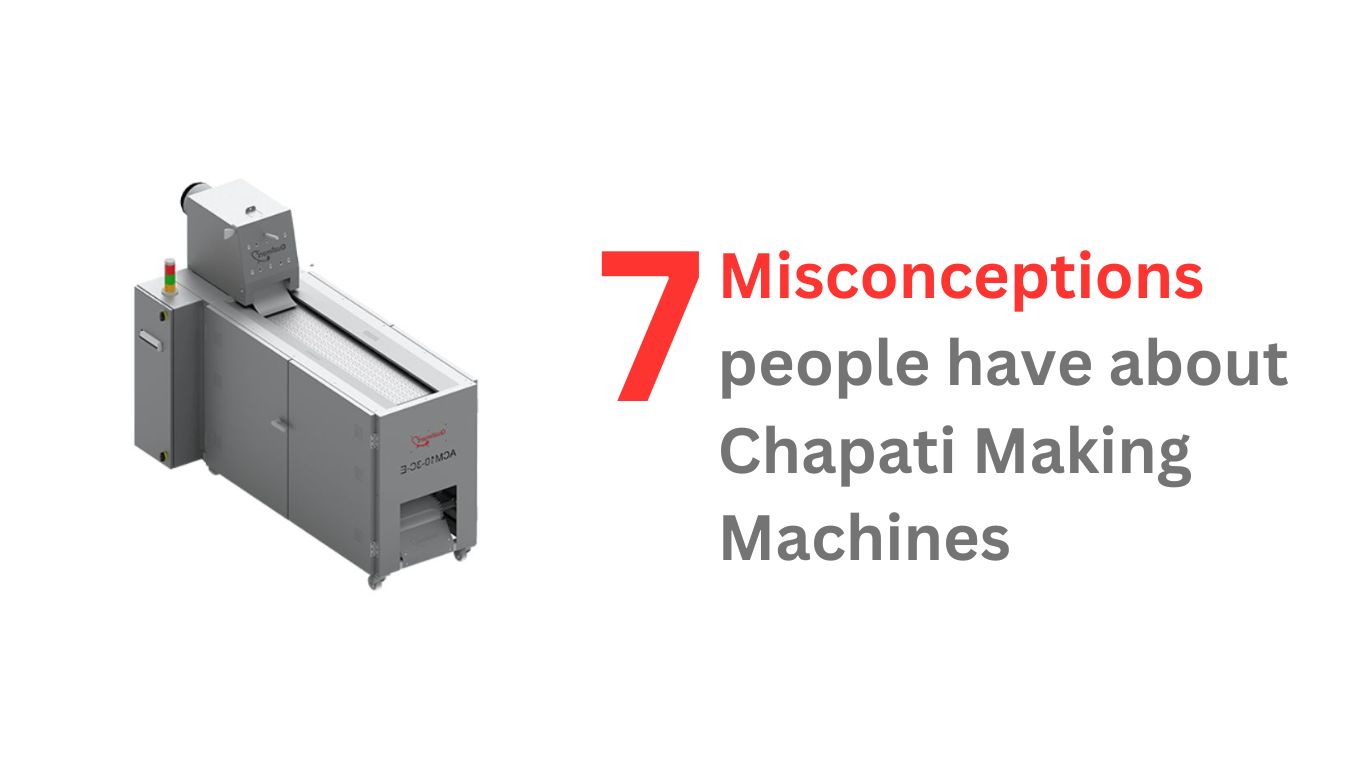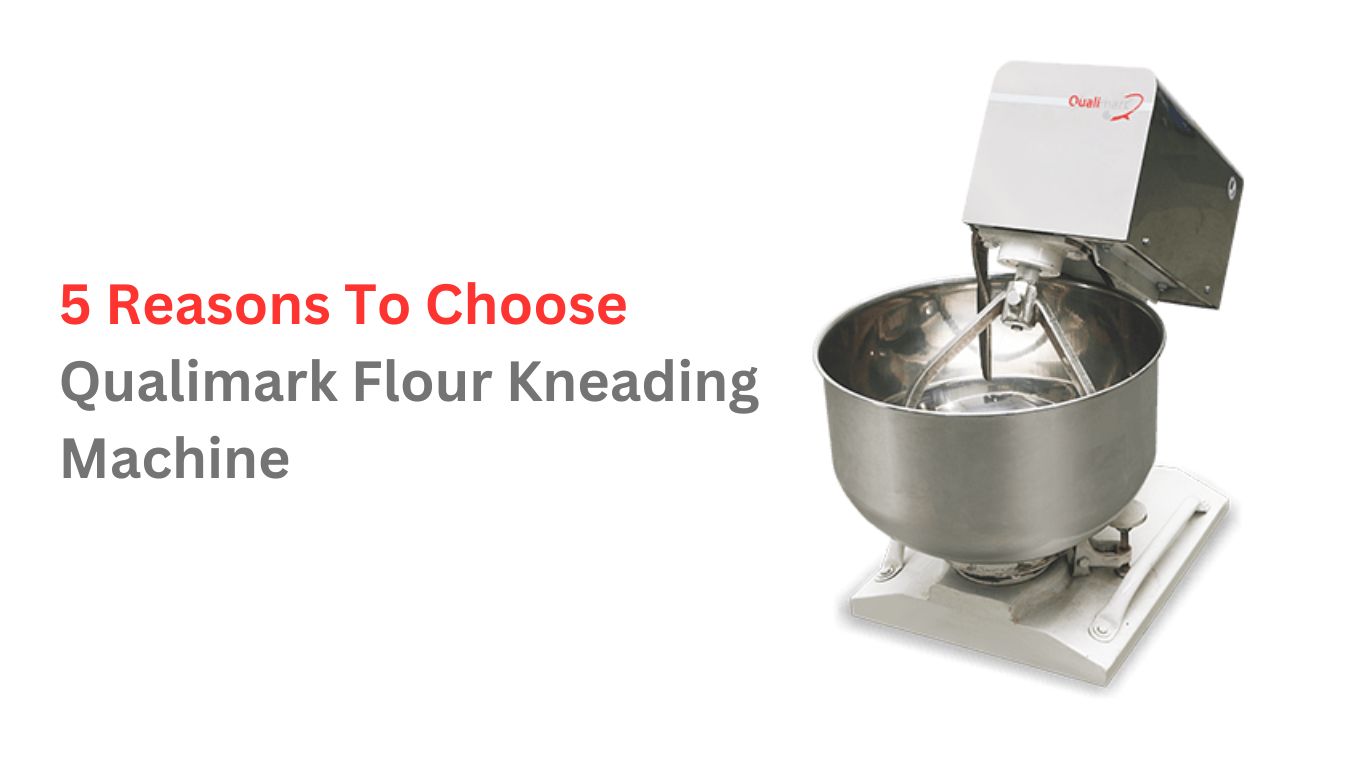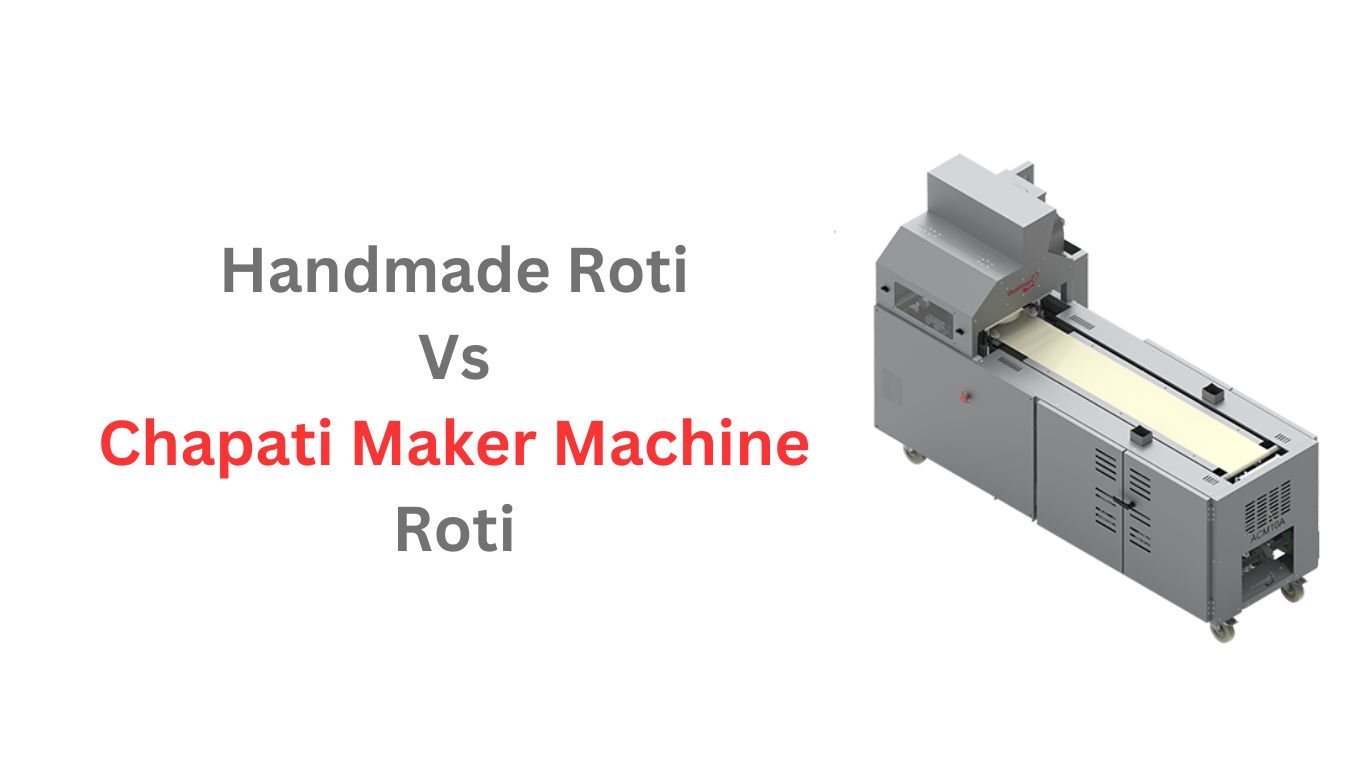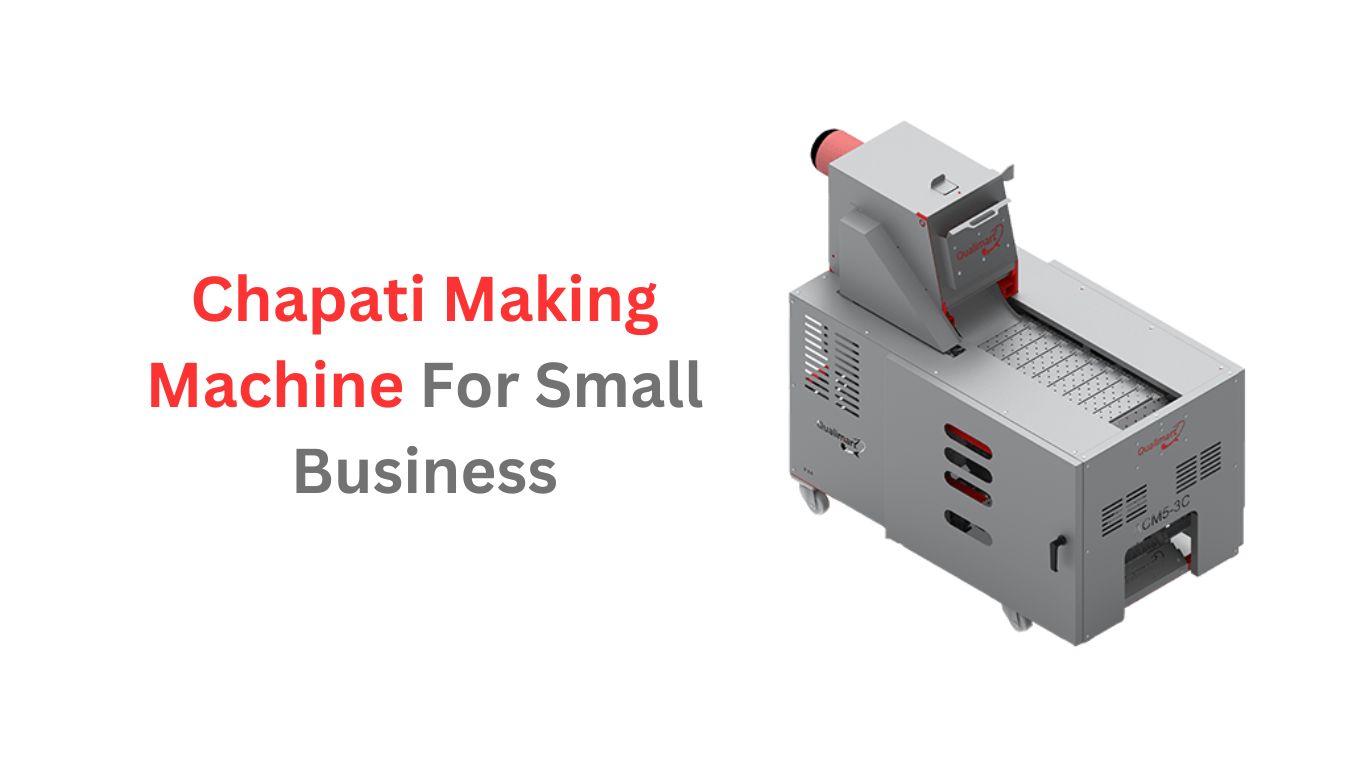Chapati making machines are devices that help you make chapatis quickly and easily. A lot of people have ideas about these machines that might not be true. We’ll explore these misconceptions and help you understand more about chapati making machines.
Misconception #1: Chapati Making Machines are Cost Prohibitive
Many people believe that chapati making machines are too expensive to buy. While the initial cost might seem high, think about the long-term savings. When you make chapatis every day, the cost of ingredients adds up over time. With a chapati making machine, you can save money on ingredients because it uses them more efficiently.
Plus, think about the time you save by not having to make chapatis by hand. Your time is valuable too! So, while the upfront cost might seem like a lot, consider the savings in ingredients and time over the long run.
Misconception #2: Chapati Making Machines are Complex to Use
One common misconception about chapati making machines is that they are difficult to use. However, that’s not the case at all! These fully automatic chapati making machines are designed to be simple and user-friendly.
Our Chapati making machines come with clear instructions that make them easy to operate so you don’t need to be a chef or have any special skills to use them. These machines are equipped with features that make the chapati-making process smooth and hassle-free.
Misconception #3: Chapatis made with Chapati Making Machines are not of Good Quality
One common misconception about chapati making machines is that they don’t produce chapatis of good quality. But that’s not true at all! These machines are designed to make chapatis that are just as good, if not better, than those made by hand.
The great thing about chapati making machines is that they ensure consistency. Each chapati comes out perfectly round and evenly cooked, so you don’t have to worry about any lumpy or undercooked spots. In fact, many people find that chapatis made with a machine taste just as delicious as those made by hand, if not more so!
Since the machine takes care of all the hard work, you can focus on other aspects of your meal preparation without compromising on quality.
Misconception #4: Chapati Making Machines require continuous maintenance
Taking care of your chapati making machine is easier than you might think. These machines are built to last, and with proper maintenance, they can serve you well for a long time.
To keep your chapati making machine in top shape, all you need to do is clean it regularly. After each use, wipe down the surfaces with a damp cloth to remove any leftover dough or flour. Make sure to clean the rollers and cutting blades thoroughly to prevent buildup.
Misconception #5: These Chapati Making Machines have Limited Application
Some people think chapati making machines are only good for making chapatis. But that’s not true at all! These machines are actually quite versatile. They can make different types of flatbreads and even some snacks.
Don’t underestimate the capabilities of chapati making machines. They’re not just for making chapatis; they can expand your culinary reach and help you create a range of tasty dishes and snacks.
Misconception #6: Chapati Making Machines are not Hygienic
Some people worry that using chapati making machines might lead to hygiene issues. However, modern chapati making machines are designed with cleanliness in mind and they have features that make them easy to clean and maintain.
These machines often come with smooth surfaces and removable parts, which can be washed thoroughly after each use. Additionally, many models have stainless steel components, which are known for their durability and resistance to bacteria.
Misconception #7: These Chapati Making Machines are not suitable for Small Scale Operations
Some people think that chapati making machines are only for big restaurants or factories. That’s not true! These machines come in different sizes, including small ones perfect for homes or small businesses.
You can find compact chapati making machine that fit nicely even in tiny kitchens which are designed to make a few chapatis at a time, perfect for small operations. They are easy to use and maintain, making them ideal for anyone who wants to enjoy fresh chapatis without spending too much time in the kitchen.
Final Words
Chapati making machines offer convenience, consistency, and cost-effectiveness and despite several misconceptions, these machines are user-friendly, produce high-quality chapatis, and require minimal maintenance. For small scale operations or commercial use, they provide a hygienic solution with versatility in applications.










